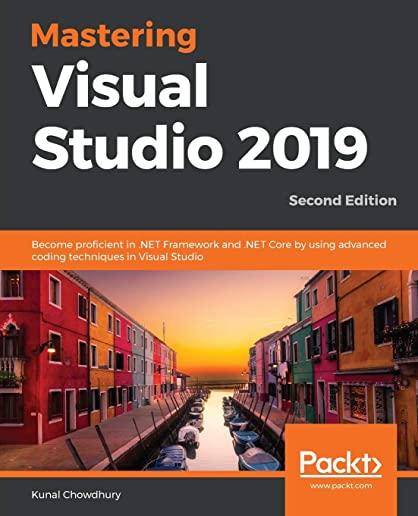
Low, Lloyd Wai Yee
product information
description
0Next-Generation Sequencing (NGS) is increasingly common and has applications in various fields such as clinical diagnosis, animal and plant breeding, and conservation of species. This incredible tool has become cost-effective. However, it generates a deluge of sequence data that requires efficient analysis. The highly sought-after skills in computational and statistical analyses include machine learning and, are essential for successful research within a wide range of specializations, such as identifying causes of cancer, vaccine design, new antibiotics, drug development, personalized medicine, and increased crop yields in agriculture.This invaluable book provides step-by-step guides to complex topics that make it easy for readers to perform specific analyses, from raw sequenced data to answer important biological questions using machine learning methods. It is an excellent hands-on material for lecturers who conduct courses in bioinformatics and as reference material for professionals. The chapters are standalone recipes making them suitable for readers who wish to self-learn selected topics. Readers gain the essential skills necessary to work on sequenced data from NGS platforms; hence, making themselves more attractive to employers who need skilled bioinformaticians.
member goods
No member items were found under this heading.
listens & views

MEZAME NO HAKOBUNE / O.S.T. ...
by MEZAME NO HAKOBUNE / O.S.T. (JPN)
COMPACT DISCout of stock
$22.99
Return Policy
All sales are final
Shipping
No special shipping considerations available.
Shipping fees determined at checkout.






